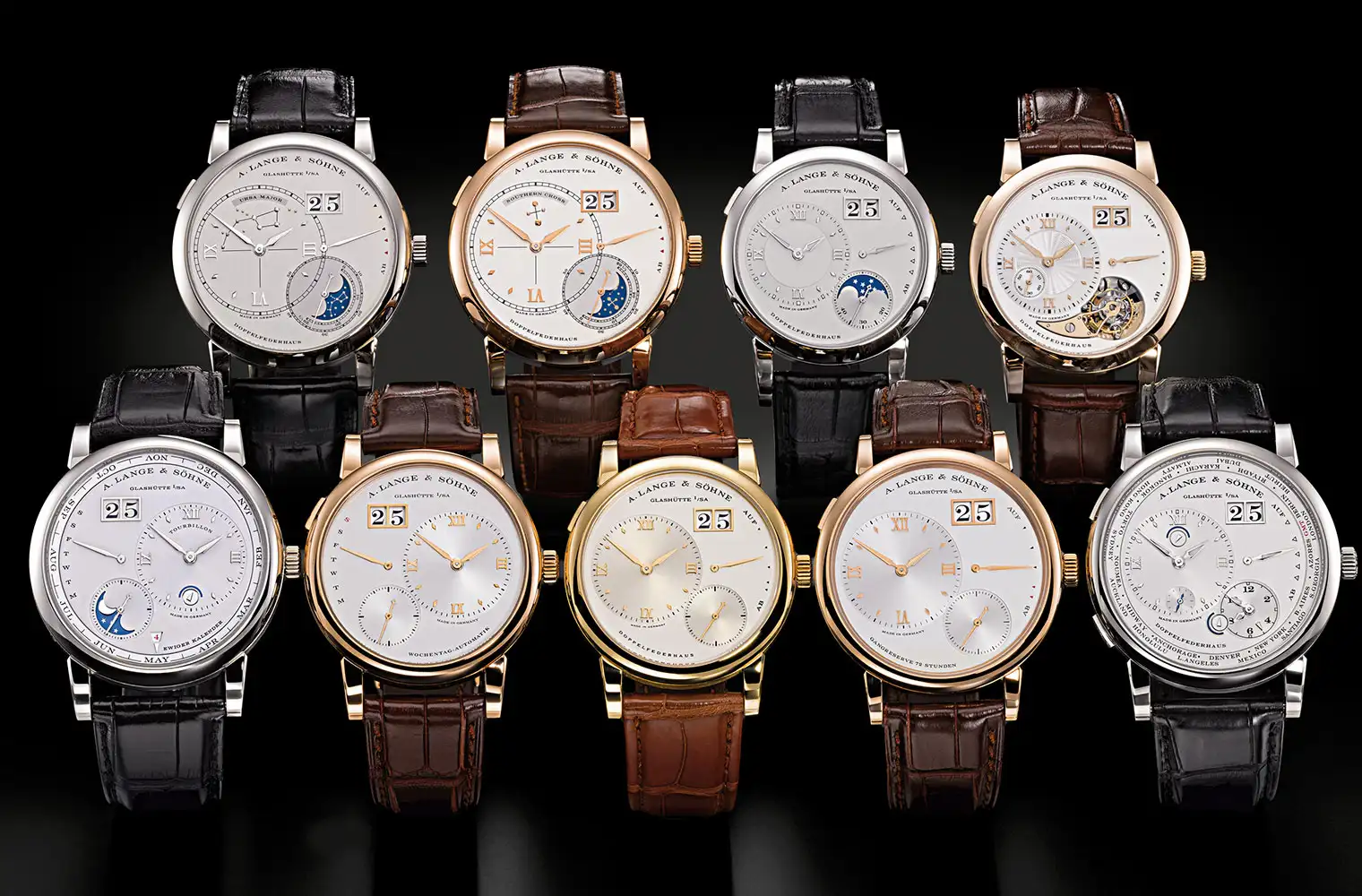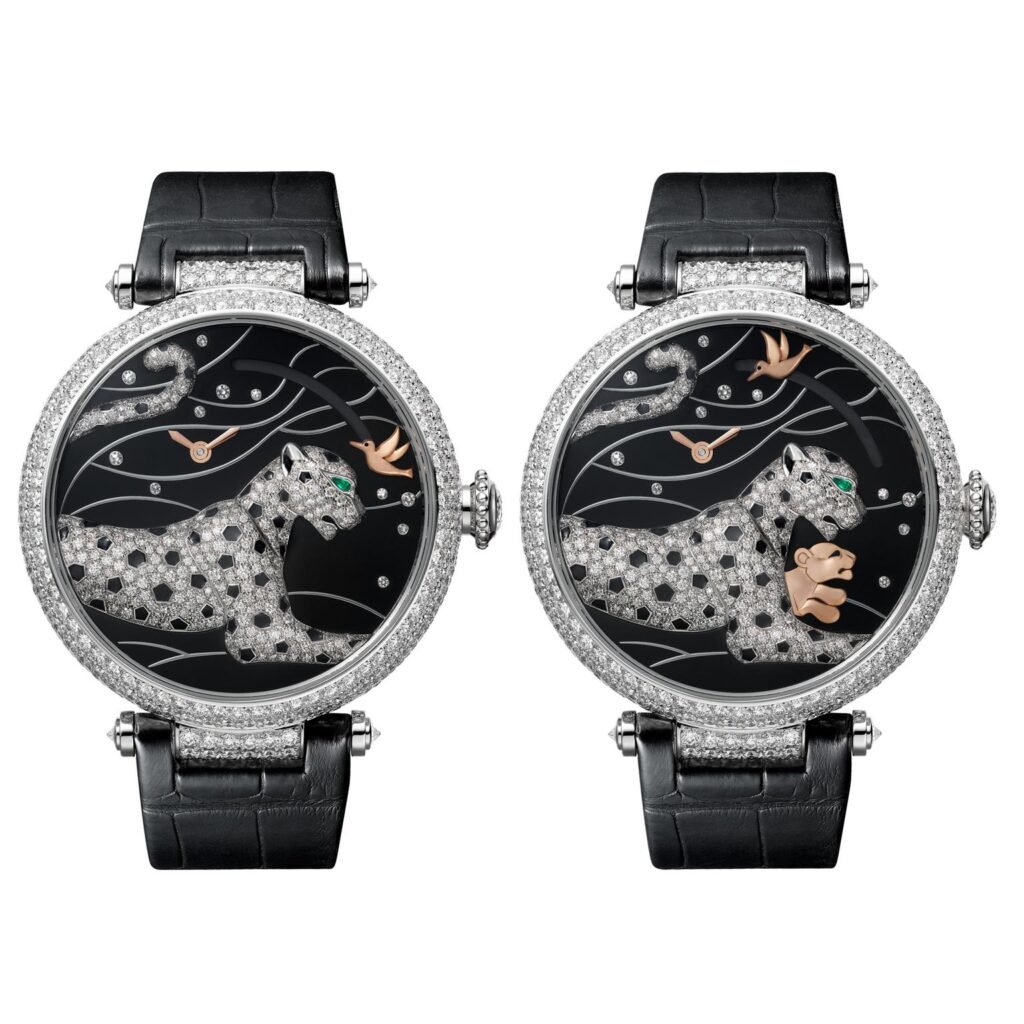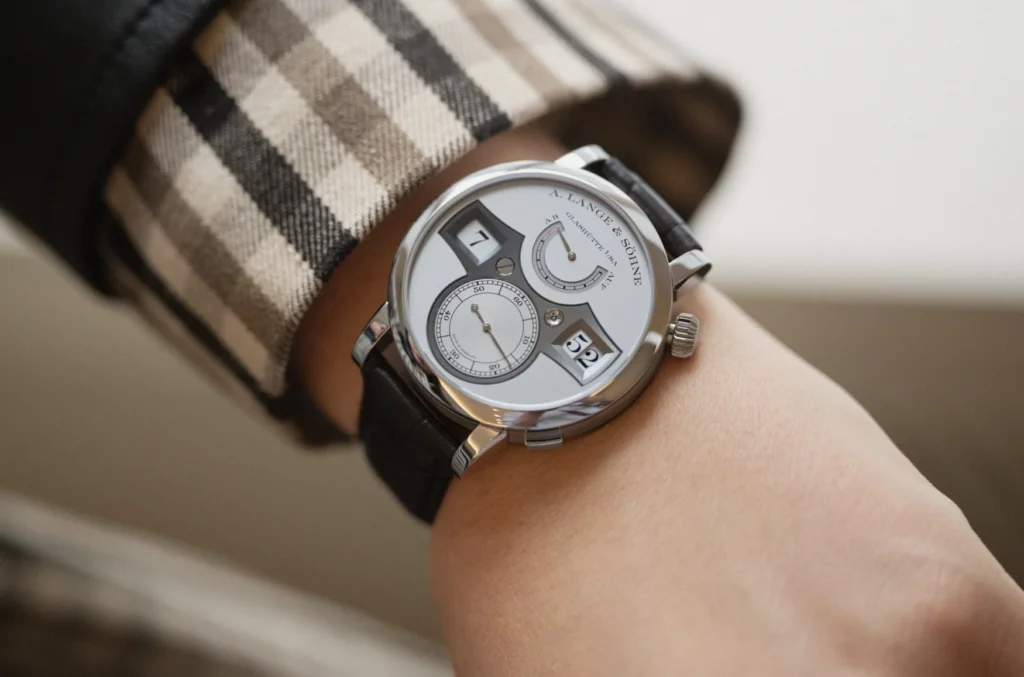
Watches with in-house movements worth your attention
The phrase “in-house movement” has become both a badge of honor and a marketing buzzword.
Every brand wants you to believe their calibers are born in secret underground workshops, whispered into life by wizened watchmakers in white coats.
The truth, of course, is more complicated. Some maisons genuinely build their engines from the ground up, carrying forward traditions of innovation and independence.
Others outsource heavily, slap on a veneer of exclusivity, and call it “in-house” with a wink and a grin.
So why does it matter? Because movements are the soul of a watch. They determine not only performance but also philosophy.
An in-house caliber, when done right, isn’t just about bragging rights.
It’s about identity.
It tells you that the brand is willing to put in the sweat, the engineering, and the financial pain to stand apart.
And in a landscape awash with Sellita clones and ETA derivatives, those who take the hard road deserve more than a passing glance.

The difference between marketing hype and genuine independence
There is a gulf between a brand that designs, manufactures, and regulates its own movement, and one that buys an ébauche and rebrands it.
The watch world thrives on this blurred line because “in-house” sounds romantic, like a movement built by candlelight.
But as any collector learns, you need to separate story from substance.
Take Rolex. Love them or roll your eyes at the hype, there’s no arguing that their movements are theirs, top to bottom. The 32xx family has shown insane levels of consistency, with accuracy, shock resistance, and serviceability that set the bar for mass luxury. That is what true in-house looks like: every bridge, every rotor, every little blue Parachrom hairspring.
Contrast that with certain fashion-oriented brands who crow about “proprietary calibers” that are, in truth, reworked ETA bases with a custom rotor.
It is not a crime – – plenty of great watches come from modified ébauches – – but it is not in-house.
Collectors who care about movements need to know the difference, because once you strip away the gloss, it’s about who’s putting their money where their mouth is.
And then there are the independents.
F.P. Journe doesn’t just make movements; he makes them feel like intimate essays in metal.
The Octa 1300 with its off-centered rotor and 120-hour reserve is not just an engine, it is a signature. Laurent Ferrier does the same, crafting micro-rotor calibers with Geneva stripes so luscious they feel like silk under light. T
hese are not just movements but philosophies, miniature declarations of independence.
The irony is that while mass luxury giants flex their technical chops with industrial efficiency, independents use in-house movements to whisper instead of shout. Both approaches matter. Both prove that in-house can mean different things, yet both tell you this: the brand has skin in the game.

Why it matters to the collector today
So why should you, as a collector, actually care about all this?
After all, a well-regulated ETA can keep time just as well as many so-called in-house calibers. The answer lies in depth of connection, which we at Lugano Watches Dubai are about to explain.
When you strap on an in-house watch, you are not just wearing a brand name. You are wearing their conviction. Consider Grand Seiko. Their 9S and 9R calibers are not outsourced compromises but distinctly Japanese solutions to timekeeping. The Spring Drive, in particular, is an almost philosophical middle finger to the old mechanical versus quartz debate.
That continuous seconds sweep isn’t just pretty; it represents a rethinking of what a movement could be.
That is the power of true in-house innovation.
Or think about A. Lange & Söhne.
Every one of their calibers is built, finished, and hand-assembled in Glashütte.
They could have coasted with Swiss suppliers, but instead they chose to double-assemble movements, to decorate every component even where it cannot be seen. When you flip over a Datograph and see those layered bridges, those blued screws, that hand-engraved balance cock, you’re seeing what happens when a maison refuses shortcuts.
That level of independence, that commitment to craft, builds a bond with the wearer that goes beyond chronometry.
Of course, there’s also the practical element.
In-house movements can command higher value retention because they signal seriousness.
They differentiate a brand from those still leaning on third-party suppliers.
And when service time comes, you know the parts, the know-how, and the accountability sit with the brand itself, not a supplier.
Collectors worth their salt understand that watches are not just about accuracy or aesthetics.
They are about stories told in metal.
And an in-house caliber is the ultimate story.
It says: this is ours, born from our history, our mistakes, our triumphs. That kind of honesty matters in a hobby too often clouded by smoke and mirrors.

Final thoughts
In-house is not the only measure of a great watch, but it is one of the clearest signals of a brand’s ambition. It tells you whether a maison is content to follow or driven to lead. It reveals whether a watch is just a product or something more personal, something imbued with identity.
When you next find yourself tempted by a piece, flip it over, look through the caseback, and ask yourself: whose heart is beating in there?
If the answer is truly the brand’s own, then you are not just buying a timekeeper.
You are buying conviction, independence, and a little slice of horological courage. That is why the in-house movement is worth your attention. Not because it is rare, not because it guarantees perfection, but because it represents watchmaking at its most honest.
And in a world overflowing with noise, that honesty might be the most precious complication of all.
